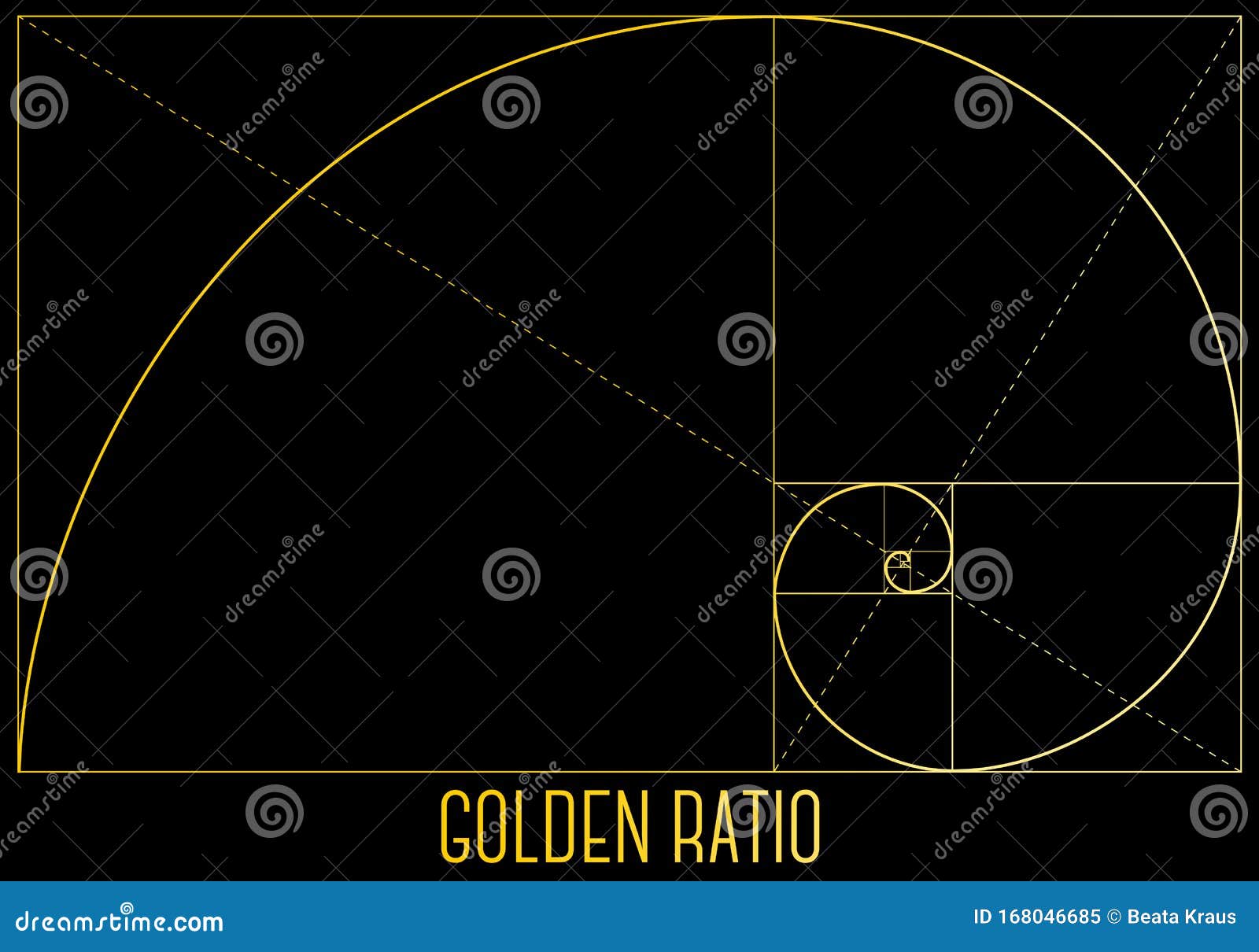
In ratio word problems, it's much easier to catch mistakes if you write the units after each value. For example, 3 : 56 cannot be reduced because the two numbers share no common factors - 3 is a prime number, and 56 is not divisible by 3. There are 2 boys for every girl, not exactly 2 boys and 1 girl. The reduced ratio just compares the relationship between the number of boys and girls. There are not 3 total students in the class, but 15. However, we should keep the original quantities in mind, even when using this reduced ratio. Divide both sides by 5 (the greatest common factor) to get 1 girl to 2 boys (or 1 : 2). In the classroom example above, 5 girls to 10 boys (5 : 10), both sides of the ratio have a factor of 5.However, when doing this, it's important not to lose sight of the original quantities that led to the ratio in the first place.

To reduce a ratio, divide all the terms in the ratio by the common factors they share until no common factor exists. Ratios can be reduced and simplified like fractions by removing any common factors of the terms in the ratio. That said, it shouldn't be read out loud the same as a fraction, and you need to keep in mind that the numbers do not represent a portion of a whole. In the case of the classroom, the 5 girls and 10 boys would be shown simply as 5/10.

You will commonly see ratios represented using words (as above).Ratios can be written out using words or can be represented using mathematical symbols. Notice the different ways in which ratios are expressed.


 0 kommentar(er)
0 kommentar(er)
